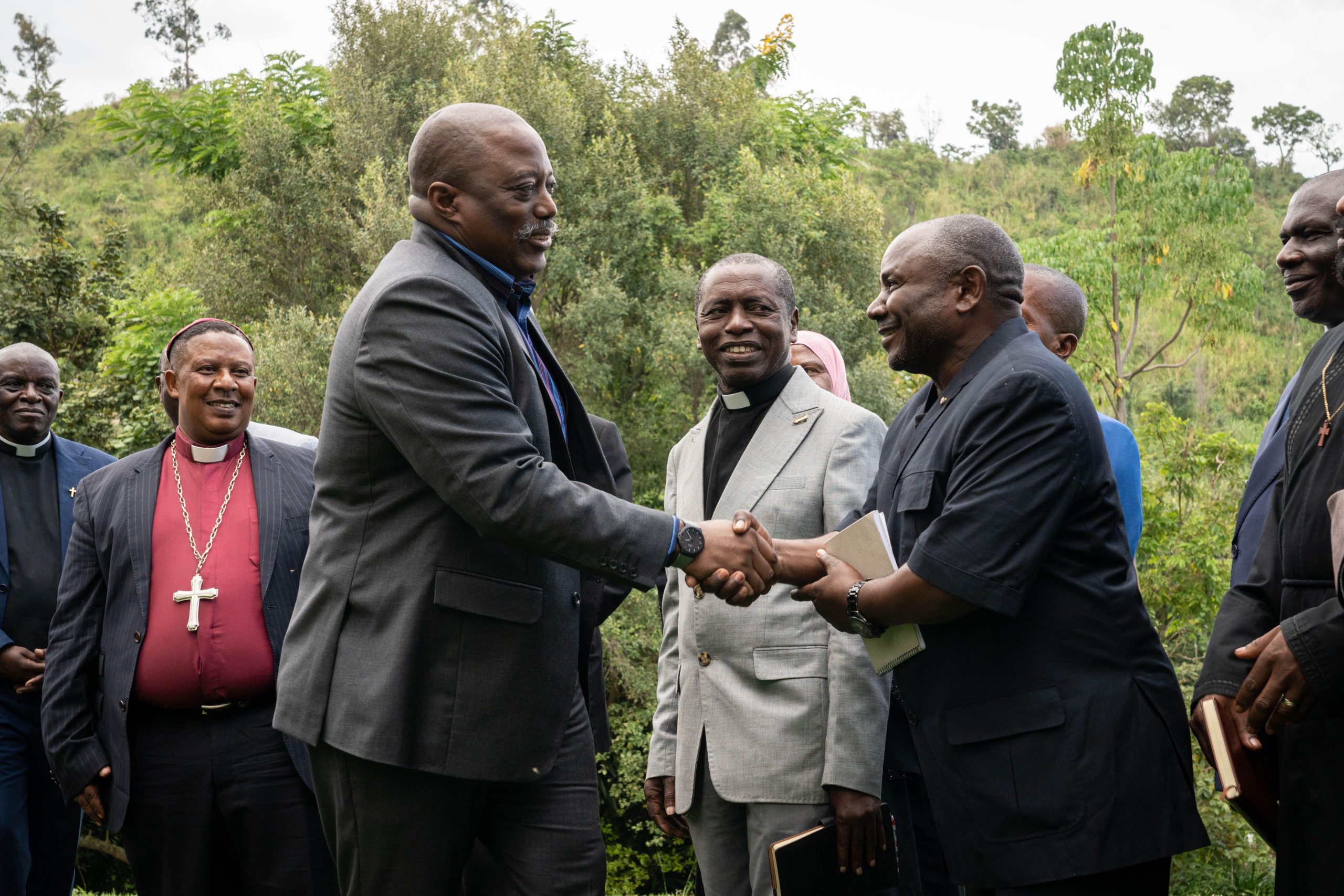Digital activism has long been a way of life in Egypt; from monitoring political corruption to protesting against police brutality
Egypt has always been one of the fastest and most enthusiastic cultures in the Middle East to embrace technology. Activist Egyptian bloggers such as Wael Abbas made their reputation by posting incendiary videos showing endemic police brutality and the use of torture in interrogation. In at least two cases, evidence of torture was circulated online and led to the prosecution of police officers.
“Now everyone can see what’s happening in the police stations. That’s something that touches a nerve in ordinary citizens who are not political activists,” Abbas says. One Egyptian online activist created the ‘piggipedia’, a Flickr account showing a gallery of senior Egyptian police officers photographed at demonstrations.
The murder of Khaled Said in Alexandria last June became a new rallying point for protest, after he was beaten to death in public, in front of witnesses, by plain-clothes police officers. Autopsy photographs of his badly battered face circulated immediately on the internet, sparking a month-long round of demonstrations and vigils – many of which were organized and announced on Facebook and Twitter. The Facebook group ‘We are all Khalid Said’ later became a hub for the January uprising.
The internet was already well established as a virtual meeting point for evading the country’s harsh laws against political activism under President Hosni Mubarak. In 2008, a 30-year-old civil engineer named Ahmed Maher created a Facebook group called the 6 April Movement to commemorate the date of a violent clash between police forces and a group of striking textile factory workers in the Nile Delta city of Mahalla al Kubra. The page then took on a life of its own, gathering more than 70,000 members and expanding beyond labour activism to encompass all manner of political activity. “We can’t have a proper headquarters. It’s not like we can just rent an office,” Maher says. “But on the net there are groups like ours meeting 24 hours a day.”
Last March, employees at the popular online news site Islam Online went on a mass strike to protest against editorial interference by the site’s management. The strike was broadcast over the internet thanks to a live feed on Bambuser, the video-streaming website. In addition to documenting the chants and vigils, many strikers used the streaming video feed to give testimonials directly to viewers.
Before the uprising in January, active bloggers such as Ahmed Maher and Wael Abbas were shifting their energies to Twitter and other online platforms. The appeal, they say, is a new level of interactivity and the creation of a virtual community. Abbas, in particular, has employed his Twitter account in a novel way. After years of posting videos that embarrassed the government, he would be detained, questioned and searched while leaving or arriving in Egypt. On at least one occasion, the authorities confiscated his laptop. As a result, whenever Abbas headed to the airport, he would tweet the news to his 5,000 followers. If he was detained or questioned, he would tweet that as well and the Egyptian online community would immediately rally behind him. In early February, as the Tahrir Square uprising was entering its second week, Abbas was arrested, questioned and released.
The parliamentary elections last year were the first to receive digital scrutiny. Anyone following #egyelections on Twitter was deluged with information from the estimated 44,000 polling stations spread across 29 governorates. Activists, journalists and election monitors all posted and forwarded the latest updates and pictures from around the country. If a monitor or a journalist was turned away from a polling station by police, the incident was instantly posted or tweeted. When Sobhi Saleh, a Muslim Brotherhood-affiliated MP, was attacked in Alexandria, the news circulated through Twitter so fast that journalists and human rights workers were able to interview him in hospital.
“When a new report came in from our reporters in the field, the first thing I would do is put up feeds on our Twitter account, before I even posted the news on the website,” says Lina Attalah, co-managing editor of the English edition of al Masry al Youm , Egypt’s largest independent daily newspaper.
President Hosni Mubarak’s ruling National Democratic party won more than 90 per cent of the vote in a victory that generated widespread condemnation and allegations of voter intimidation, strong-arm tactics and old-fashioned ballot box stuffing. The electronic evidence posted on Twitter, Facebook and YouTube amounted to a damning and comprehensive dossier of the day’s injustices.
Until the uprising in January, activists like Maher and Abbas would express frustration at the inability of Egypt’s robust internet political scene to translate into mass demonstrations. Most Egyptian protests would still amount to the same group of people invariably surrounded by central security riot police. But that’s all history now.
This article is taken from the current issue of Index on Censorship magazine, The Net Effect. Click here to subscribe





